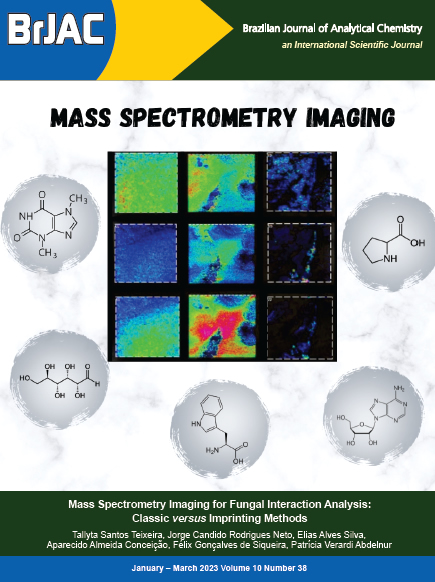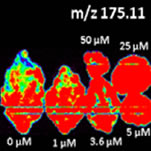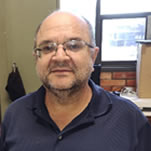
Volume: 10
Issue: 38
Contents:
This is a Special Issue on Chemical Imaging with an Editorial titled “Novel Applications of Chemical Imaging, an Outstanding Technology”, by Dr. Rodinei Augusti (UFMG, MG, BRA) and Dr. Valderi Dressler (UFSM, RS, BRA), both Guest Editors of this issue; 2 Interviews, one with Prof. Dr. Rodinei Augusti and another with Prof. Dr. Valderi Dressler; a Point of View titled “Chemical Imaging – Is an Image Always Worth a Thousand Spectra?”, by Prof. Dr. Alessandra Sussulini (IQ-Unicamp, SP, BRA); a Letter titled “Past, Present, and Future of X-ray Fluorescence Chemical Imaging”, by Prof. Dr. Hudson Wallace Pereira de Carvalho (CENA–USP, SP, BRA); 2 Reviews and 6 Articles reporting on organic and inorganic chemical imaging; and 2 Features, one on the “Centro Infantil Boldrini” and another on the 20th ENQA & 8th CIAQA.


































